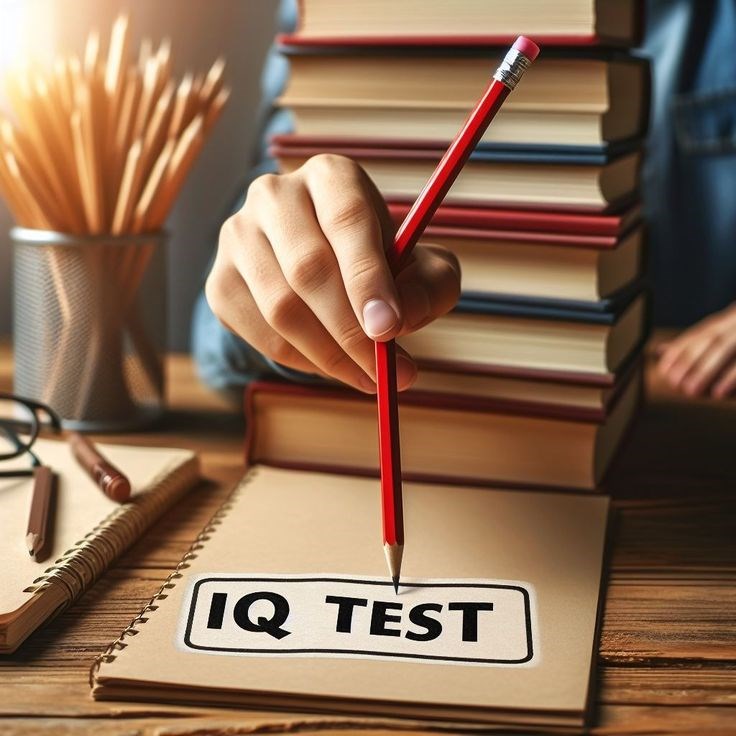Standardized tests have become a widely used tool to measure various outcomes in the sphere of education. They have been developed to deliver a standard method of evaluating students’ achievements at different school levels and in different geographic areas. Although they are quick and encompassing, the bulk of students cannot be accurately evaluated based on such tests and assessments.
These usually involve tests of basic skills like mathematics and reading, with a strict format that emphasizes swift and correct responding. But academic potential cannot necessarily be measured through multiple choice test questions many times. A majority perform well in practical assignments, discussions, practical projects and the like that will never be possible under a standardized test.
Internal validity can also be affected by the testing environment which becomes controlling and tends to influence the results. Pressure, time constraints and unfamiliarity of the formats used in testing is likely to cause pressure for the students. This stress can have the effect of dragging down some students even if such kids may otherwise excel under no-stakes or individualized learning conditions. It leads to a score that is pertinent to actual knowledge and understanding of the subject matter.

Other factors that affect the performance in the tests include socio economic status inequalities, further vent by widening the gap in performance. Tutors, preparation classes and home environment should be given as a reason for students from wealthier families to have a testing advantage. On the other hand, deserving candidates from poor backgrounds may perform dismally if they do not have necessary support and preparation tools.
Due to these limitations, standardized tests become a measure of the level of preparedness as opposed to the potential of the candidate. It is for this reason that they can perpetuate the existing inequalities and turn learning into mere number crunching rather than the development of human intellect. In turn, all students should be tackled equitably, educational assessments should incorporate a broader range of effective diverse assessment which would include the talents, and other learning approaches of every learner.
Conclusion
In conclusion, the test's standardization is a rather weak tool in evaluating the real academic performance and future achievements of a student. They privilege conformity rather than divergence, which, as a rule, supports the status quo. A more rational balance—a balance where teacher and student give value to imagination, skill in reasoning, and other methods of learning is needed. Education has to go beyond the concept of assessing and building a student by realizing the extent of a student’s capability.